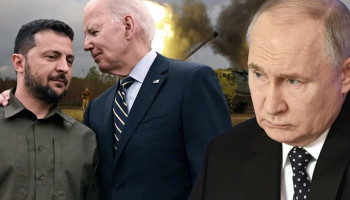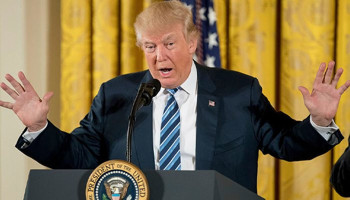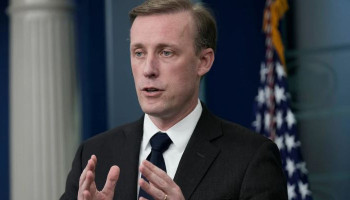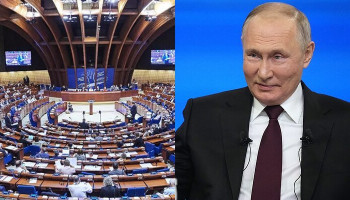Dollar to hit parity with euro during 2017, says Goldman Sachs’ chief economist
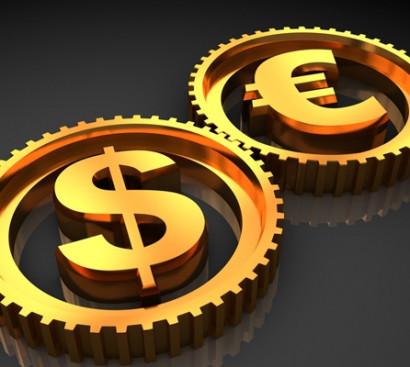 The dollar is likely to hit parity with the euro during 2017 driven by diverging paths for interest rates, according to Goldman Sachs' chief economist. The Federal Reserve (Fed) is likely to hike interest rates three times in 2017, pushing it even further from the rate positioning stance of Europe during the course of the year, Jan Hatzius told CNBC at the Goldman Sachs Strategy Conference in London on Monday. "The primary driver here is not valuation but really interest rate differentials. If we are right that the Fed moves the funds rate up more than what the markets currently pricing … that's generally a relatively good indicator to watch," he posited. Goldman Sachs' base case estimate that the Fed will follow through with rate rises in June, September and December this year is more hawkish than current market consensus which is pricing in two hikes for 2017. According to Hatzius, the U.S. investment bank even sees a 35 percent "subjective possibility" of a rate increase being announced by the Fed as early as this March, saying the cycle, "will be characterized as relatively gradual but there are definitely risks in both directions." The chief economist claims the key reason for the acceleration in the pace of rate rises after a decade of near inertia is broadly positive given that it is a response to an economy which is finally moving much more in accordance with the Fed's goals. While he acknowledges there may be pain for the some interest rate sensitive sectors of the economy, it is a defensible path for the U.S. central bank to pursue. "If you had stable rates in the current growth environment you'd probably get a significant overheating of the economy that's probably notin the best interests of any policymaker but the causality goes primarily from better economy to higher interest rates," he explained. Hatzius interprets the market's expectation for the size of the fiscal boost the incoming Trump administration will be able to deliver as somewhat overegged, yet he still anticipates around 1 percent of overall budgetary impact on the U.S. economy which will help add "a few tenths of a percentage point" to growth in both 2017 and 2018. And he believes there is still room to run for markets given as recently as the end of last summer markets were "very depressed" judging by levels on bond yields. "Part of what we've seen, this very sizeable move in many markets, is just a normalization. I think there is some further room to run,especially if we do see some fiscal boost on top of what's already in the economy," he offered. |











